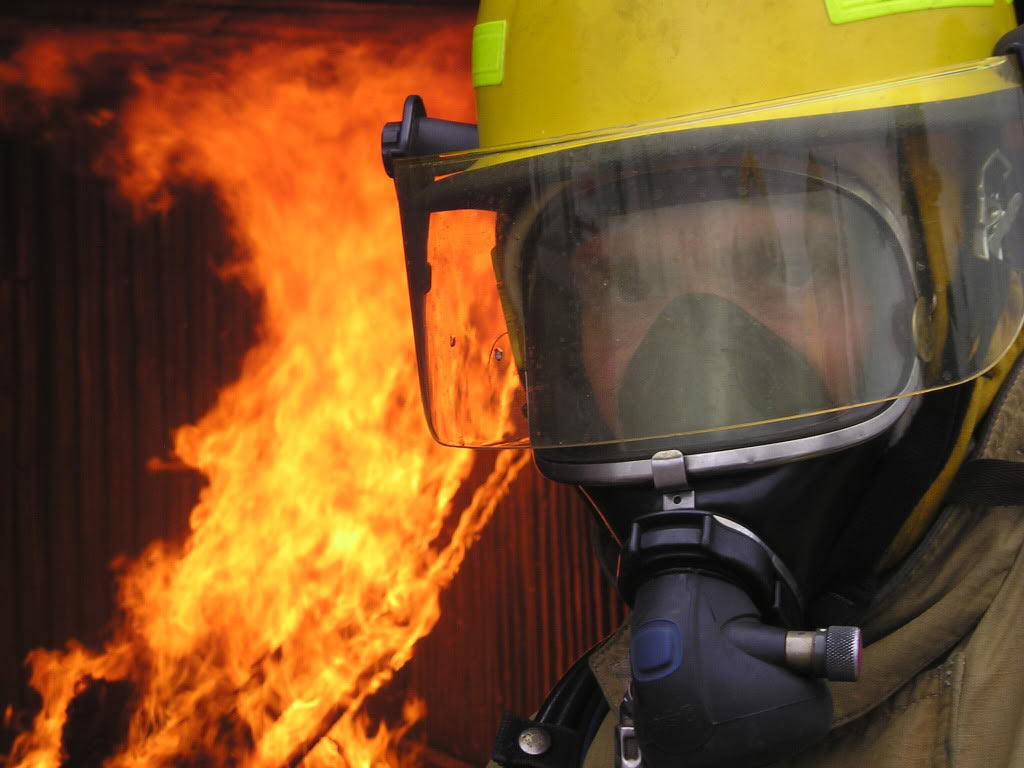
Burn injuries, 9 rules for the pre-hospital management
1. S.A.F.E approach: as for all pre-hospital emergencies.
- Shout/call for help
- Assess the scene
- Free from danger
- Evaluate the casualty
2. Stop the burning process (for example: stop, drop and roll); remove the burning source.
- Remove all burnt/burning clothing (unless stuck to the patient), jewellery (bring bagged clothing to hospital for examination)
- Chemicals – need longer period of irrigation and specific information about the chemical concerned should be obtained.
3. Cool the burn wound
- Ambulance control despatch system will advise the 999 caller to cool the burn area for up to 10 minutes
- If this has been done, Pre-hospital carers should cool for another 10 minutes during package and transfer
- Water should not be ice cold o If the burn area is small (< 5%) then a cold wet towel can be placed on the burn area, on top of the clingfilm dressing but before wrapping up the whole patient to maintain body warmth beneath the blankets.
- Be aware of the risk of hypothermia, especially in children and the elderly
- Cool the burn wound but warm the patient
4. Dressings
- Cover burnt area with Clingfilm
- Be aware of possible constricting effect of wrapping!
- Wrap the patient up in blankets or duvet (Cool the burn wound but warm the patient)
- In chemical burns after irrigation / cooling. Clingfilm theoretically may worsen chemical burn effect, irrigate thoroughly until pain or burning has decreased. Go for wet dressings only but beware of powder injuries, which may be worsened with water. Bring data sheet on likely chemical if available with the patient to hospital.
5. Assessment and management of immediately or imminently life threatening problems:
A.c.B.C (Airway with cervical spine stabilization, Breathing, Circulation)
- Patient may have other injuries co-existent with their burn injury
- O2 high flow non-rebreath mask (15 litres/min). (Not necessary for small burns without any suspected inhalation injury)
6. Assessment of burn severity
- Time of burn injury o In order to estimate the size of burned area, use the Wallace rule of Nines or the ‘half burnt/half not’ approach
- Mechanism of Injury (flame {clothes or patient caught fire}, flash burn, scald, electrical, chemical)
- Burn within confined space = possible inhalation injury
- In children and elderly, always be mindful of potential Non Accidental Injury. Keep good records and keep the clothing.
7. Cannulation and intravenous fluids
- Cannulate for titrated opiate / opioid analgesia
- Do not allow cannulation procedures to unnecessarily extend the on scene time.
- Limited attempts to cannulate the patient (2 attempts only)
- Fluid replacement (0.9% normal saline or Hartmann’s solution) can be commenced if the patient is cannulated.
- Fluid replacement must be started for burns > 25% T.B.S.A and / or if time to hospital is more than 1 hour from time of injury. (1000 ml for adult, 500 ml for child 10-15years, 250 ml 5-10years, no fluids for under 5’s)
- Fluid therapy should ideally be warmed
8. Analgesia
- Is best accomplished by cooling and covering initially
- Intravenous opiate / opioid, titrated to effect in adults with anti-emetic.
- Intranasal diamorphine is an option to be considered/adopted in children
- Entonox should only be used when above options unavailable (difficult to administer, varying efficacy and decreased oxygen delivery)
9. Transport
- Information to A&E as per national standard (age, gender, incident, ABC problems, relevant treatment, ETA)
- All treatment should be carried out with the aim of reducing on-scene times and delivering the patient to the appropriate treatment centre.
- Initial transport to the nearest appropriate A&E department. Unless local protocols allow direct transfer to burns facility
The guidance in this consensus document has been agreed between the BBA and the Pre-hospital Committee of the RCS of Edinburgh.


